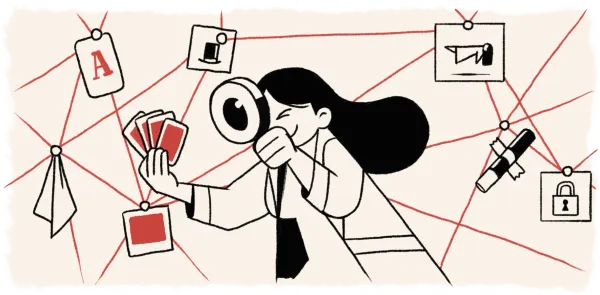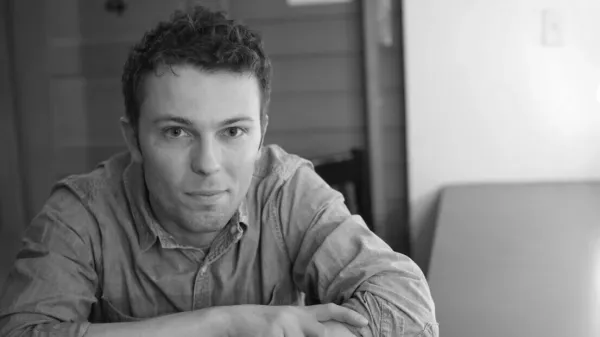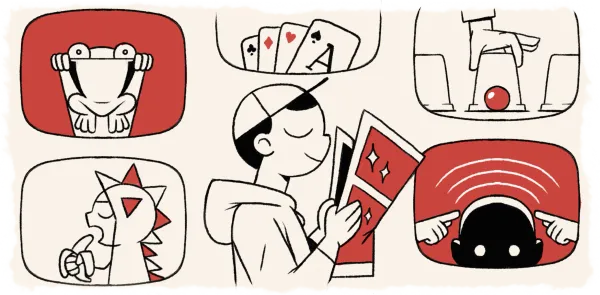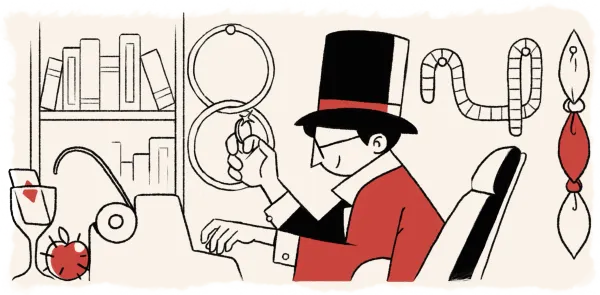Best Easy Ways To Force A Playing Card
Secrets Revealed: Learn How To Perform Card Forces
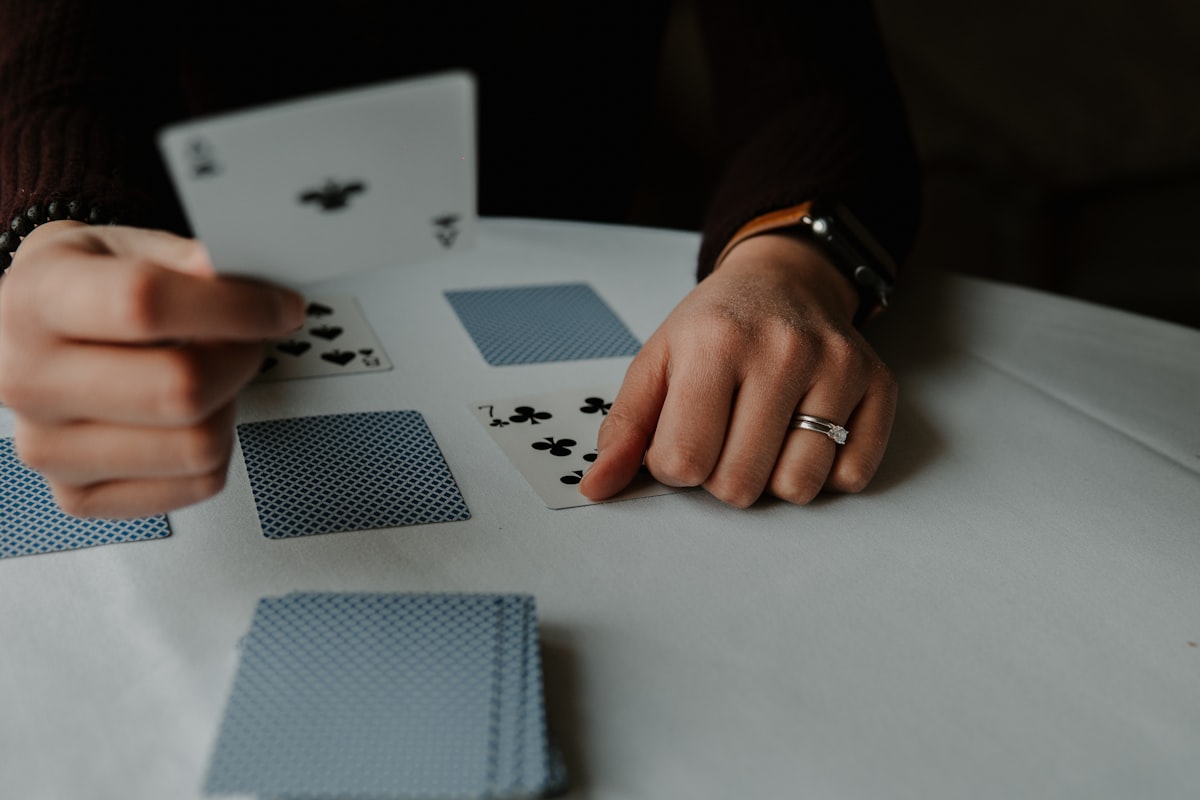

When thinking about card magic, few skills are more valuable than the ability to force a playing card. Magicians should think about when, why, and how we force playing cards. The answer to those questions will only improve our card magic. So let's start answering those questions about forcing playing cards together!
What is a magic card force?
This question is probably the best place to start. A card force is a sleight or technique that controls what playing card the spectator will select. It seems simple, but as we will talk about in a bit, it is a pretty complex topic. Some forces are accomplished by mechanical means, while others are completely psychological. Regardless of the methodology, the choice must seem as if there isn't a single way you could have made them choose that card.
When do you force a playing card?
At the beginning of a trick… sometimes. Some forces, such as the one used in Collusion by John Bannon, happen towards the end of the trick. But for the most part, having a card selected is a great place to start a trick. Many of the best tricks that involve forcing start only after the card has been forced.
Why do you force playing cards?
When I was talking to a friend, he asked why I loved using forces in my magic. It allows me to plan to create the best effect possible. Because I know what the card will be, I can focus on the impossibility and presentation and not have to worry about the trick "working." Practically, I can read a mind, predict the future, do cards to impossible locations, or anything else. Or, in other cases, it's to create diversity for a tv show.
How do you force a playing card?
There are hundreds (I wish I were exaggerating) of ways of forcing a card. Mathematical, topological, and psychological methods have been explored in the history of magic. But instead of being vague, I will briefly mention 5 of my absolute favorite methods and offer some further resources and ideas!
The Cross-Cut Force
Max Holden's Criss Cross Force (commonly referred to as the Cross Cut Force) is a great place to start talking about forces. The spectator cuts the cards into two piles; the place they cut to is marked by placing one of the packs onto it at an angle. After a moment, they look at the card they cut to.
Essentially, this either forces the top or bottom card onto the spectator. Because of the topological nature of the force and the reliance on time misdirection, this force is most appropriate for more intimate performances, preferably where it isn't being recorded. So, avoid using this for social media! But don't underestimate how powerful it can be in a live situation.
Some of the biggest names in card magic use it all the time! Ben Earl and John Bannon have some excellent ways of making it even more fooling.
Hofzinser Under the Spread Force
This force is much more technical than many of the forces on this list, but it is one I always use. You slowly spread through the cards, a card is touched, and they look at the card they touched. In that simple procedure, you force a card (even a card with a different back design than the rest of the deck, but you didn't hear that from me).
What makes this force so powerful is letting the spectator change their mind so freely. I first learned it from Roberto Giobbi's Card College. Still, my absolute favorite version comes from a friend of the site, Christian Grace. The small touches Christian provides make this my most used force!
Riffle Force
Ted Annemans Riffle Force is one of the most common forces you will encounter. The performer runs their thumb down the edge of the deck, and the spectator says stop, the deck is cut at that location, and the card is shown.
Although this is one of the most used forces out there, I think it's one of the least well done. Firstly, it is typically telegraphed when the performer cuts the cards a few seconds before they have a card selected (a problem that also haunts the classic force). Secondly, they don't spend enough time emphasizing that they are stopping precisely where the spectator said to stop.
But even with those flaws, it is one of the best ways to force a playing card in any situation quickly. It's used so often because it works! I've seen it used on TV sets and at house parties. Max Maven teaches excellent handling of the riffle force on his DVD set Kayfabe!
Classic Force
Well, there goes my attempt to credit these forces appropriately. The earliest reference I was able to hunt down was in "The Discovery of Witchcraft," which is a tad older than the sources I originally learned it from (yes, still Card College)
As the magician spreads through the cards, a spectator is invited to grab one. At that moment, the magician has forced a card onto the spectator. Many magicians would argue that this is the best force you can use - and in the hands of Paul Daniels, Dani DaOrtiz, or Max Maven, I'm hard-pressed to disagree. I'm not being vague to obscure the method. It honestly does work like that.
This force is intimidating because it isn't a method you can practice in front of a mirror. It is pure psychology and timing. You can speed up the learning curve by attempting the force anytime you have a card selected from a spread.
A Forcing Deck
A part of me believes that this must be one of the earliest methods to force a card, but I have zero evidence to support that belief. The magician spreads the cards; any card is taken and forced. It works because all 52 (but commonly just 13 or so) are duplicates of the force card. Meaning that they only had one option - no sleights required.
Other gimmicked decks ( such as the svengali or pop-eye popper deck) accomplish the same but hide the method. But the goal is the same. You only give them one option. That makes this one of the most efficient!
Conclusion
Look, my above list is not even close to an exhaustive list of forces available to you! These happen to be the ones I use and have spent time working on. Just remember two things:
- The goal of a force is to seem as fair as possible.
- The trick's strength only increases with how free the force feels.
Check the comments if you want to know my two favorite secrets to make card forces seem fairer!

